Weekend Pick for June 30, 2023
Looking for something to read?
Check out our weekly suggestions!
Are your students looking for book recommendations?
Send them to browse through the picks for this or past years.
For the picks from 2022 click here
For the picks from 2021 click here
For the picks from 2020 click here.
For older picks click from 2019 click here.
For the even older picks click here.
A special thank you to our friend, Meg Grizzle, who has provided some amazing choices for our summer reading weekends this June! If this is your first pick of Meg's, I recommend you go back for the other books in June's picks :)
Check out our weekly suggestions!
Are your students looking for book recommendations?
Send them to browse through the picks for this or past years.
For the picks from 2022 click here
For the picks from 2021 click here
For the picks from 2020 click here.
For older picks click from 2019 click here.
For the even older picks click here.
A special thank you to our friend, Meg Grizzle, who has provided some amazing choices for our summer reading weekends this June! If this is your first pick of Meg's, I recommend you go back for the other books in June's picks :)
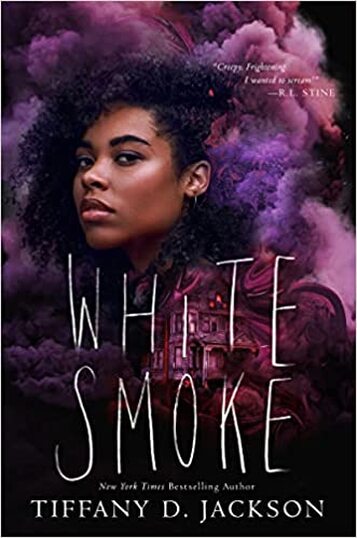
While I’m a voracious reader, I’m slow. I’m known for keeping library books well past their due dates and for finishing books months after I start them. None of this rang true, however, when I began Tiffany D. Jackson’s White Smoke. I read it cover to cover in one day. Jackson’s novels are known for their plot twists (see Monday’s Not Coming for a real shocker), and White Smoke is no exception. I’m not typically a fan of horror or any fiction that could keep me up at night, but Jackson creates characters that are so engaging and settings that are so vivid, it’s possible for me to look past, and perhaps even forward to, the creep factor.
White Smoke tells the story of Marigold, who moves with her family and siblings from their home in California to a house in Cedarville, a town in the Midwest. As Marigold and her family try to get settled in their new home, Marigold learns that Cedarville is plagued by a violent and racist history that continues to shape the dynamics of the town. In time, Marigold also comes to realize that her new house, one that has been completely remodeled and sits prettily among a row of forgotten and neglected properties, is seemingly haunted. Marigold finds herself on a mission to understand Cedarville’s past and her new home’s place in the community.
White Smoke is a thriller with substance. Throughout the novel, Jackson examines racism, generational trauma, socioeconomic status, and family dynamics all while maintaining an intense plot-driven narrative. This is a young adult novel that is self-aware. Jackson knows how to engage young readers with story while asking them to consider how the events reflect their everyday, lived experiences. For that reason, White Smoke would be an excellent pick for student book clubs where students could discuss not only the book’s excellent plot but also its larger salient themes.
After reading White Smoke, I have become a Jackson completist, devouring all of her backlist titles. I’m looking forward to (finally!) reading her newest novel, The Weight of Blood, a retelling of Stephen King’s Carrie. I encourage readers of White Smoke who aren’t familiar with Jackson’s other works to get acquainted and to pass them along to the teen readers in their lives.
After reading White Smoke, I have become a Jackson completist, devouring all of her backlist titles. I’m looking forward to (finally!) reading her newest novel, The Weight of Blood, a retelling of Stephen King’s Carrie. I encourage readers of White Smoke who aren’t familiar with Jackson’s other works to get acquainted and to pass them along to the teen readers in their lives.
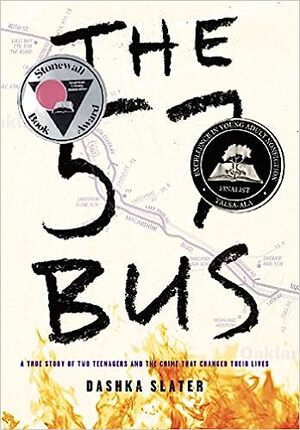

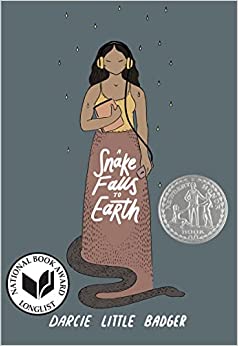




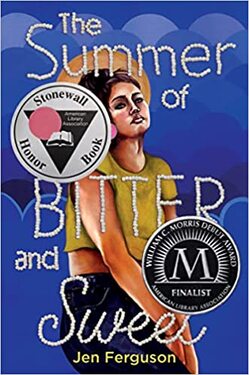

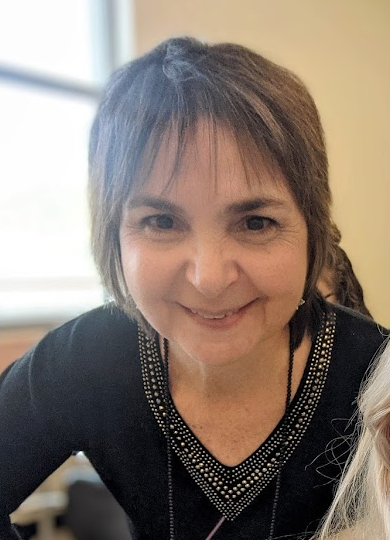


 RSS Feed
RSS Feed